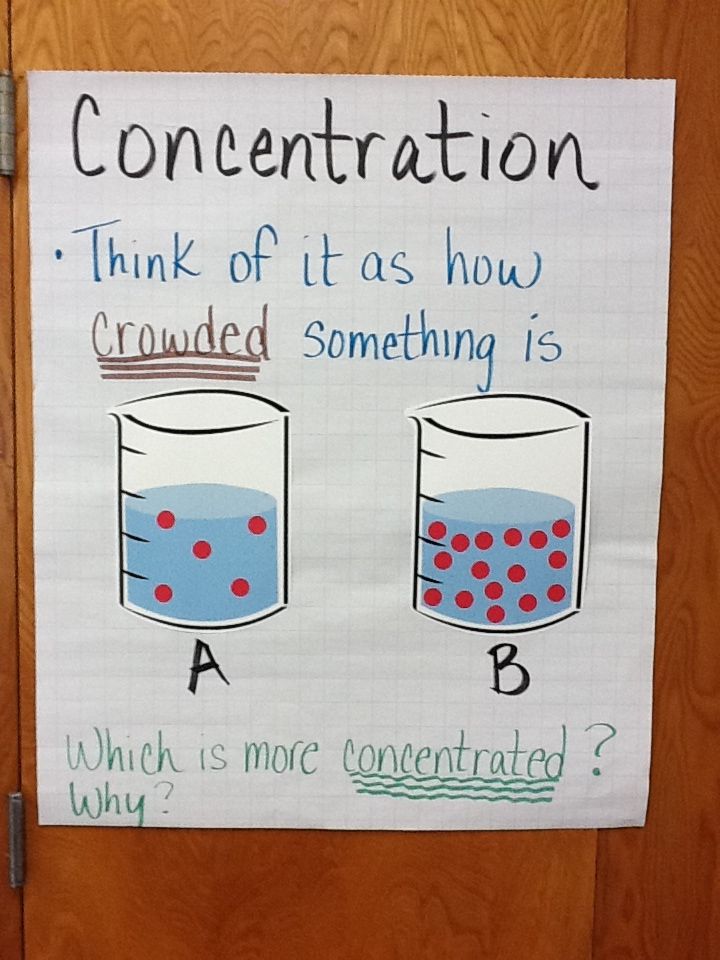C4 Carbon Fixation: Why Hot, Dry, and High-Light Environments Favor C4 Plants
Introduction: The Significance of C4 Carbon Fixation
Photosynthesis is the foundation for plant productivity and ecosystem health. Most plants utilize the C3 pathway, but a specialized group employs the C4 pathway of carbon fixation to optimize growth in specific environmental conditions. Understanding where and why plants use the C4 pathway is essential for ecology, agriculture, and climate adaptation, particularly as global temperatures and water stresses rise.
What Is the C4 Pathway?
The
C4 pathway
, also known as the Hatch-Slack pathway, is an advanced photosynthetic mechanism found in many grasses and crops such as maize, sugarcane, and sorghum. This pathway enables plants to concentrate carbon dioxide (CO
2
) inside specialized bundle sheath cells, drastically reducing photorespiration-a wasteful process that occurs when the enzyme Rubisco fixes oxygen instead of CO
2
. The C4 pathway uses the enzyme PEP carboxylase, which is more efficient than Rubisco in low CO
2
environments, especially when stomata (leaf pores) close to conserve water.
[1]
[2]
Environments Favoring the C4 Pathway
C4 plants are most likely to use this pathway in hot, dry, and high-light environments . Several factors make these settings optimal for C4 photosynthesis:

Source: pinterest.com
-
High Temperature:
As temperatures rise, the solubility of CO
2
in water decreases, and photorespiration rates increase in C3 plants. The C4 pathway overcomes these limitations by concentrating CO
2
at the site of fixation, allowing photosynthesis to proceed efficiently. [3] -
Low Water Availability:
In dry climates, plants often partially close their stomata to conserve water, limiting CO
2
uptake. C4 plants maintain productivity with lower stomatal conductance, preserving water while still fixing carbon effectively. [1] - Intense Sunlight: C4 photosynthesis is more energy-intensive but is fueled by abundant sunlight common in open, exposed habitats. This allows C4 plants to reach higher biomass yields than C3 species under similar conditions. [2]
These traits explain why C4 plants dominate landscapes such as tropical savannas, grasslands, and some agricultural fields. In contrast, C4 species are rare in shaded forests or cool climates where C3 photosynthesis is more efficient. [3]
Mechanisms Underlying C4 Efficiency
C4 plants have evolved specialized leaf anatomy and biochemistry:
-
Bundle Sheath Cells:
CO
2
is concentrated in these cells, minimizing oxygenation by Rubisco and reducing photorespiration. [1] -
PEP Carboxylase:
This enzyme fixes CO
2
efficiently, even when internal leaf CO
2
is low due to stomatal closure. [2] - Water and Nitrogen Use: C4 plants generally have higher water-use and nitrogen-use efficiency. This confers strong advantages in both natural and managed ecosystems, especially where water or nutrients are limiting. [3]
This efficiency comes at an energy cost, as C4 plants must expend additional ATP to regenerate PEP. However, in high-light and high-temperature environments, the energy supply from sunlight more than compensates for this expense. [3]
Real-World Examples and Case Studies
Major crops such as
maize (corn)
,
sugarcane
, and
sorghum
are C4 plants. Their dominance in tropical and subtropical agriculture is due to superior yields in hot, sunny, and water-limited conditions. Natural grasslands in Africa, Australia, and the Americas are typically composed of C4 species. Research shows that as atmospheric CO
2
levels dropped in the past, grassland expansion favored C4 evolution.
[2]
Identifying and Cultivating C4 Plants
If you seek to establish crops or restore vegetation in challenging climates, favoring C4 species is a practical strategy. Here is guidance for accessing and implementing C4 plants:
- Assess Environmental Conditions: Measure average temperature, rainfall, and sunlight exposure. C4 plants excel where daytime temperatures routinely exceed 30°C (86°F), rainfall is seasonal or limited, and sunlight is direct for long periods.
- Select Appropriate Species: Choose proven C4 crops or grasses such as maize, sugarcane, sorghum, millet, or native C4 grasses for restoration.
- Source Seeds or Plants: Obtain seeds from reputable agricultural suppliers, local extension offices, or conservation agencies. If uncertain, consult your regional agricultural department or university cooperative extension for recommendations.
- Follow Best Practices: Implement water-efficient irrigation, soil conservation, and nutrient management adapted for C4 species. Monitor plant health and productivity regularly.
If seeking more detailed species lists or local guidance, you can contact your nearest university agricultural department or search for ‘C4 crop extension guides’ through official state or national agriculture websites. Avoid relying on unverified sources for regional adaptation advice.
Potential Challenges and Solutions
While C4 plants are well-adapted to heat and drought, challenges include:
- Soil Fertility: Though more nitrogen-efficient, C4 crops still require sufficient nutrients for optimal growth. Soil testing and amendments may be necessary.
- Pest and Disease Management: As with all crops, monitor for local threats and consult extension services for integrated pest management solutions.
- Climate Variability: Extreme events may still stress C4 plants, so diversify species and use adaptive management practices.
If you encounter persistent problems, consult your regional agricultural extension or international organizations like the Food and Agriculture Organization (FAO) for expert advice. You can search for ‘C4 crop management’ on their official sites for up-to-date research and technical guidance.
Alternative Approaches and Future Directions
Some research is exploring genetic modification or breeding to introduce C4 traits into C3 plants, aiming to boost yields and water efficiency in temperate crops like rice. Additionally, understanding the evolution and physiology of C4 photosynthesis can inform ecological restoration and climate adaptation strategies in regions facing increased heat and drought. [5]
For those interested in advancing crop science or ecosystem management, collaborating with academic institutions or attending relevant conferences can provide valuable insights. Consider joining professional societies such as the American Society of Plant Biologists or searching for ‘C4 photosynthesis research conferences’ for networking opportunities.
Summary and Key Takeaways
C4 plants are most likely to use this carbon fixation pathway in hot, dry, and high-light environments . Their unique biology enables superior productivity, water conservation, and resilience under stressful conditions. Whether you are a grower, land manager, or researcher, prioritizing C4 species in challenging climates can maximize yield and sustainability. For detailed support, contact your local agricultural extension or search for official C4 crop guides from established institutions.

Source: freeimages.com
References
- [1] Encyclopaedia Britannica (2025). Carbon fixation in C4 plants: Photosynthesis, sunlight, and adaptation.
- [2] Osborne, C. P. (2012). Evolution of C4 plants: a new hypothesis for an interaction between CO2, water, and plant hydraulics.
- [3] Wikipedia (2004). C4 carbon fixation.
- [5] Langdale, J. A. (2011). Past, Present, and Future Research on C4 Photosynthesis.



